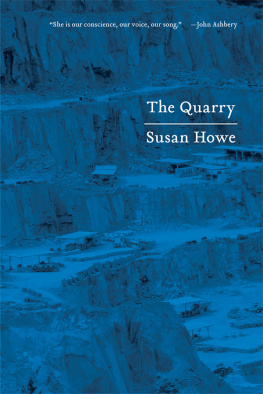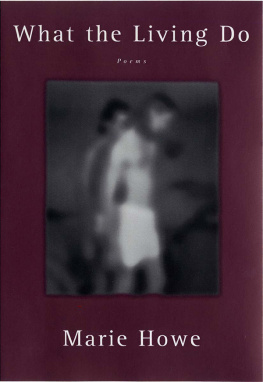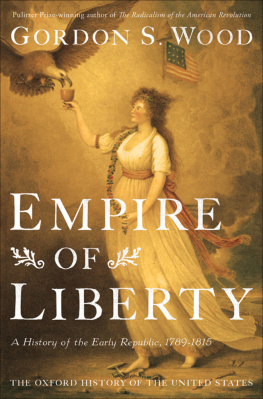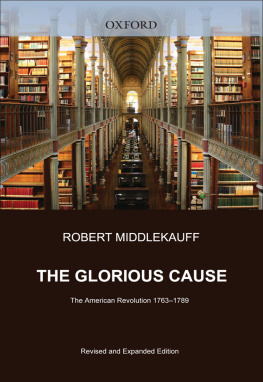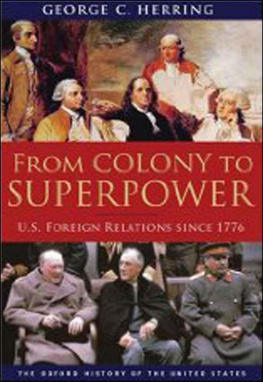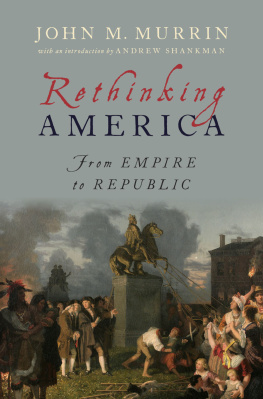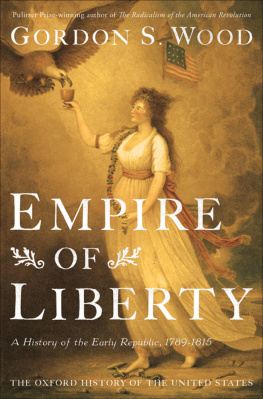Finale:
A Vision of the Future
Of all the many revolutions in 1848, the most momentous for future human history was plotted by five women at Jane Hunts tea table in Waterloo, New York, on the eleventh of July. The others present looked up to fifty-five-year-old Lucretia Coffin Mott, a well-known abolitionist speaker and traveling Quaker evangelist. Mott supported the Hicksite branch of Quakerism and sympathized with their most radical offshoot, called the Progressive Friends. She had grown up in the Nantucket whaling community where women managed affairs while their menfolk spent years at a time away at sea. Lucretia and her husband, James, a successful Philadelphia merchant who shared her commitment to humanitarian reform, had come to western New York to visit Lucretias sister Martha Coffin Wright and to check out the Seneca Nations first constitutional convention. Thanks partly to the support of white Quakers, the Seneca had successfully defied the process of Indian Removal and remained in western New York.
The youngest of Jane Hunts guests and the only non-Quaker in the room, a witty, energetic thirty-two-year-old, provided the spark that ignited the plan. Elizabeth Cady Stanton combined the social skills of her mother, who came from New Yorks landed elite, with the intellectual brilliance of her father, a distinguished judge. She felt the discontents of educated women who found the (new) role of middle-class homemaker confining. She persuaded the other four that they should call a Womens Rights Convention to meet on July 19 and 20 in the Wesleyan Methodist Church of nearby Seneca Falls, a venue sympathetic to radical causes. They sent announcements to the local papers, which appeared between July 11 and 14. A few days later, Cady Stanton (who made a point of preserving her maiden name along with her married one) sat at another tea table, this time in the home of Mary Ann MClintock (or McClintock), to lead in drafting the document for the convention to consider. This mahogany table now rests, appropriately, in the Smithsonian Institution.
1. See Margaret Hope Bacon, Valiant Friend: The Life of Lucretia Mott (New York, 1980).
DECLARATION OF SENTIMENTS
When, in the course of human events, it becomes necessary for one portion of the family of man to assume among the people of the earth a position different from that which they have hitherto occupied, but one to which the laws of nature and of natures God entitle them, a decent respect for the opinions of mankind requires that they should declare the causes that impel them to such a course.
We hold these truths to be self-evident: that all men and women are created equal; that they are endowed by their Creator with certain inalienable rights; that among these are life, liberty, and the pursuit of happiness; that to secure these rights governments are instituted, deriving their just powers from the consent of the governed....
The history of mankind is a history of repeated injuries and usurpations on the part of man toward woman, having in direct object the establishment of an absolute tyranny over her. To prove this, let facts be submitted to a candid world.
He has never permitted her to exercise her inalienable right to the elective franchise.
He has compelled her to submit to laws, in the formation of which she had no voice....
He has made her, if married, in the eye of the law, civilly dead.
He has taken from her all right in property, even to the wages she earns....
He has so framed the laws of divorce, as to what shall be the proper causes, and in case of separation, to whom the guardianship of the children shall be given, as to be wholly regardless of the happiness of womenthe law, in all cases, going upon a false supposition of the supremacy of man....
He has monopolized nearly all the profitable employments, and from those she is permitted to follow, she receives but a scanty remuneration....As a teacher of theology, medicine, or law, she is not known.
He has denied her the facilities for obtaining a thorough education, all colleges being closed against her.
2. Judith Wellman, The Road to Seneca Falls (Urbana, Ill., 2004), 18394, 232; Ellen DuBois, Feminism and Suffrage (Ithaca, N.Y., 1978), 23.
3. This modest title followed the example of the statement issued at the founding of the American Anti-Slavery Society in 1833. The text of the Declaration comes from Elizabeth Cady Stanton, Susan B. Anthony, and Matilda Joslyn Gage, eds., History of Woman Suffrage (New York, 1881), I, 7071.
He has created a false public sentiment by giving to the world a different code of morals for men and women, by which moral delinquencies which exclude women from society, are not only tolerated, but deemed of little account in man....
He has endeavored, in every way that he could, to destroy her confidence in her own powers, to lessen her self-respect and to make her willing to lead a dependent and abject life.
Now, in view of this entire disfranchisement of one-half the people of this country,...we insist that they have immediate admission to all the rights and privileges which belong to them as citizens of the United States.
The nineteenth of July dawned a bright summer day in the Finger Lakes region. Good weather had ripened the hay crop. Farms harvesting it would require the labor of all family members. Despite this and the short notice of the meeting, wagons and buggies converged on the little Methodist church. About three hundred people showed up, some of them children and men. The organizers adapted their plans and decided to let the men stay. Deferring to the custom that women did not chair meetings with men present, Lucretia Mott turned the gavel over to her husband. Discussion, spirited and conducted at a high intellectual level, followed. At a candlelight session in the evening, Lucretia Mott spoke on the relationship of womens rights to the larger reform agenda, including temperance, antislavery, and the peace movement.
The next day, Elizabeth Cady Stanton insisted that the resolutions passed at the convention, like the Declaration of Sentiments, should highlight the demand for the right to vote. Many present disagreed, feeling the suffrage cause hopeless or (as Lucretia Mott privately termed it), ridiculous. The strongest supporters of womens rights hitherto had been Garrisonian abolitionists who believed it sinful for anyone to vote, regardless of gender. Elizabeths own husband, Henry, though an abolitionist and a supporter of womens rights in the past, declared himself thunderstruck when he learned of her intention to press the suffrage issue. Perhaps fearing for his future in politics, he left town rather than attend the convention with her. On the other hand, the black abolitionist editor Frederick Douglass, who had come from Rochester, spoke strongly
4. Actually, a few women, including Lucretia Mott, had already been ordained ministers.
At the end of the two-day conference, attendees had the opportunity to sign the Declaration of Sentiments and the supporting resolutions. One hundred peoplesixty-eight women and thirty-two mendid so. Lucretia Motts name led the list. About two-thirds of the signatories were townsfolk, the rest from farming families. The signers included a nineteen-year-old farmers daughter named Charlotte Woodward, who had driven the family wagon forty miles to come; she sewed gloves in a factory but hoped to become a typesetter in a printshop (then a male preserve) because she loved books. During the nationwide uproar that followed, when newspapers all over the country reported the womens rights convention and many of them deplored and mocked it, some of the signers came back to scratch out their names. Charlotte Woodward let hers stand. In 1920, at the first presidential election following ratification of the Nineteenth Amendment that guaranteed the right to vote regardless of sex, she alone of all the signers remained alive to cast her ballot. One who did not sign in 1848 was Amelia Bloomer, editor of the local temperance newspaper. She soon came around to support the movement, however, opened up her paper to articles by Elizabeth Cady Stanton, and designed the garments for which she became famous, intended to provide women more freedom of movement than conventional fashions permitted.
Next page




